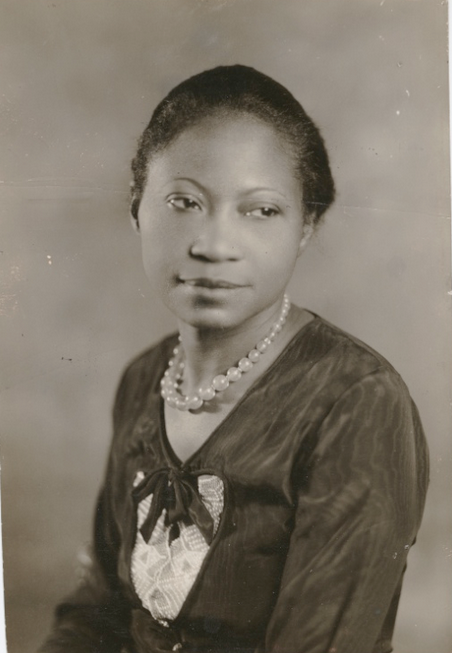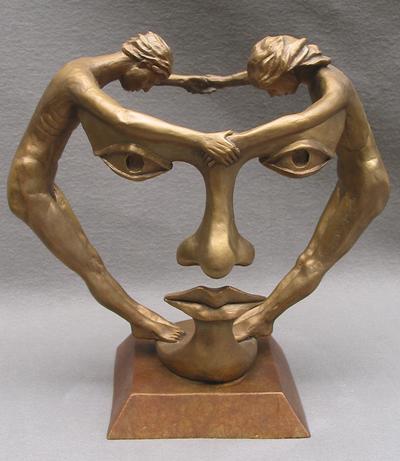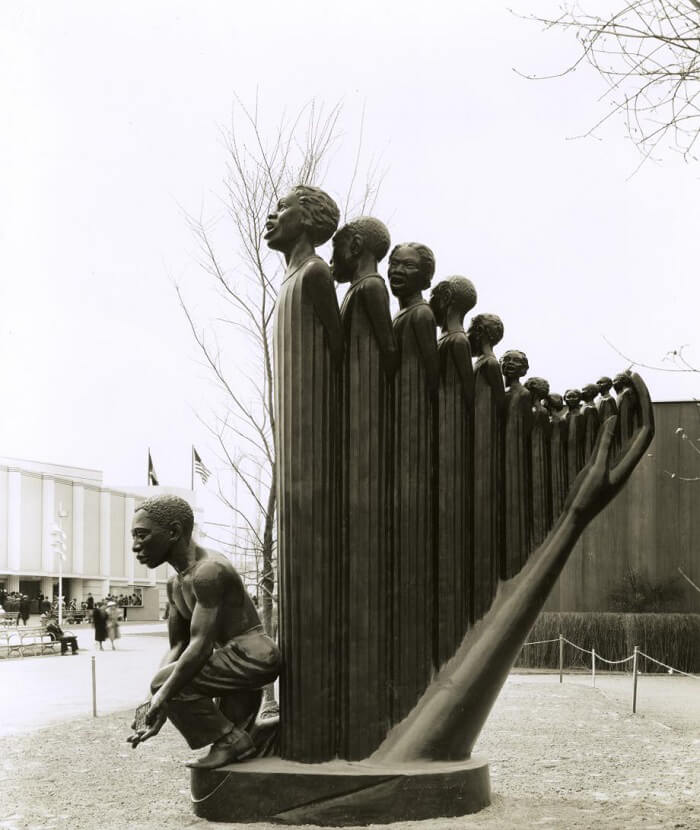
Art is a product of the human imagination, and as such, all humans make art. Moreover, even though specific cultures may invent ways of making art, humans can learn from each other and participate in each other’s art making processes. As simple as it sounds, what any subset of humanity does, another subset of humanity can learn to do.
What we don’t know, we can learn; what we do know, we can teach. We really don’t have to accept the supremacy of one group over another, whether on a political, economic, cultural, or gender basis. When we make meaningful art we uplift ourselves as well as set an invaluable example for others.

All of which leads me to Augusta Savage, a 20th century sculptor whose work is too often ignored, overlooked. She is unknown to most of us even though she was a stalwart of the fabled Harlem Renaissance. The ups and downs of her personal life in many ways personifies the story of her people.
Augusta Christine Fells was born February 29, 1892 in Green Cove Springs, Florida. She was the daughter of a Methodist preacher who literally, physically beat her for practicing her art because he believed, as the old testament instructed, one should not make graven images before God.
On both a personal and a social level, how many of us come up in circumstances which are antithetical to our personal desires, our dreams? Fortunately for us, Augusta refused to succumb to pressures to cease and desist creative artwork.
By the time she graduated high school, encouraged by a principal at a school in West Palm Beach, where her family then resided, Augusta was actually teaching a clay modeling class. Think on it. When you were a child, daddy used to beat you for doing your art work, and yet, by the end of high school you are teaching an art making class to your peers.
Over the following years, numerous people recognized her talent and she won scholarships and fellowships. In 1921 she was admitted to Cooper Union in New York. The twenties was the Garvey Era, the watchwords were “Up you mighty race, you can accomplish what you will.”

Her will to both teach as well as create is a defining characteristic of Augusta Savage. She launched the Savage Studio Of Arts And Crafts. Among her students who would become world famous were visual artist Jacob Lawrence and sociologist Kenneth Clark. As an artist one of her most famous creations was Lift Every Voice And Sing, popularly known simply as The Harp.

Created on commission for the 1939 New York World’s Fair, the sixteen-foot plaster sculpture was often photographed and eventually copies were made. Ironically, Savage did not have the money to have a bronze casting done and the original was destroyed upon the close of the fair.
In later years Savage moved to the New York state countryside where she continued to both create her artwork and to teach students. She died of cancer on March 26, 1962.
An ardent believer in the beauty of her people regardless of the ugliness of the conditions within which we were often forced to live, Augusta Savage set a sterling example as a creative artist.
